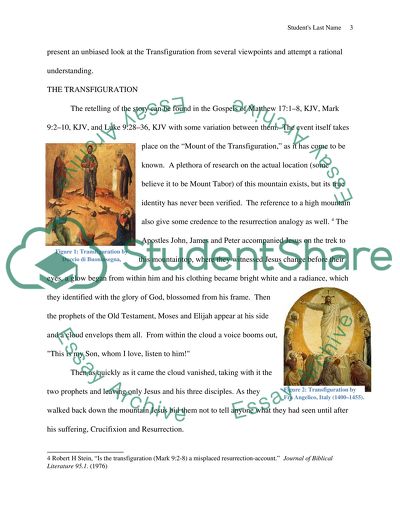Cite this document
(“The Transfiguration of Jesus Christ its Historicity Relationship to Research Paper”, n.d.)
Retrieved from https://studentshare.org/family-consumer-science/1408493-the-transfiguration-of-jesus-christ-its
Retrieved from https://studentshare.org/family-consumer-science/1408493-the-transfiguration-of-jesus-christ-its
(The Transfiguration of Jesus Christ Its Historicity Relationship to Research Paper)
https://studentshare.org/family-consumer-science/1408493-the-transfiguration-of-jesus-christ-its.
https://studentshare.org/family-consumer-science/1408493-the-transfiguration-of-jesus-christ-its.
“The Transfiguration of Jesus Christ Its Historicity Relationship to Research Paper”, n.d. https://studentshare.org/family-consumer-science/1408493-the-transfiguration-of-jesus-christ-its.


